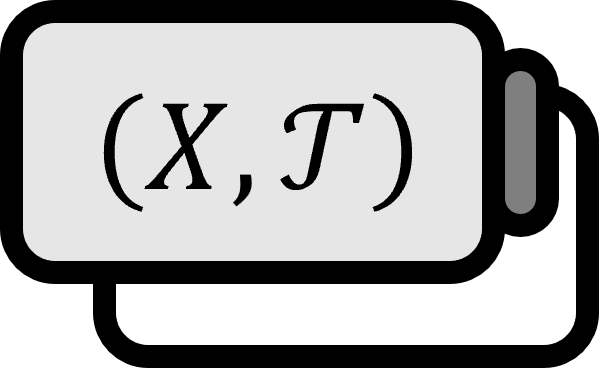Homotopy in Topological Spaces
Definition 1
For two topological spaces $X,Y$, if a bijection $f : X \to Y$ exists such that both $f$ and its inverse function $f^{-1}$ are continuous functions, then $f$ is called a Homeomorphism, and the two topological spaces are said to be Homeomorphic.
Theorem
The following propositions are equivalent.
- (1): $f : X \to Y$ is a homeomorphism.
- (2): $f^{-1} : Y \to X$ is a homeomorphism.
- (3): $f : X \to Y$ is a continuous bijection that is a closed function.
- (4): $f : X \to Y$ is a continuous bijection that is an open function.
Explanation
Just as with the concept defined in the metric space, the concept of homeomorphism can also be easily extended. It is also reasonable to see it as the very reason to study continuous functions.
The particularly good reason for (3) and especially (4) is because it eliminates the need for checking the inverse function. It’s easily deduced from the properties of open and closed functions, satisfying the condition that the inverse function must be continuous in their stead.
Especially, if $f,f^{-1}$ is differentiable, it is called a Diffeomorphism.
See also
Munkres. (2000). Topology(2nd Edition): p105. ↩︎
